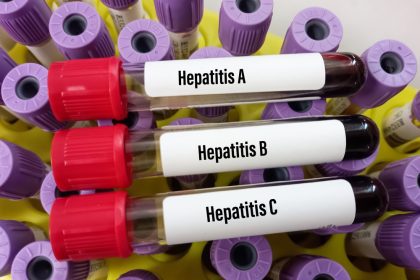As more people explore meat-free diets, finding adequate protein sources becomes crucial for maintaining health and energy. The growing interest in plant-based eating, sparked by environmental concerns, health considerations, and ethical choices, has led many to question how they’ll meet their nutritional needs without animal products.
The good news is that shifting away from meat doesn’t mean compromising on protein intake. From legumes and whole grains to dairy alternatives and seeds, plenty of options can help maintain optimal protein levels while supporting a meat-free lifestyle. Here’s how to ensure you’re getting enough protein without reaching for meat.
1. The power of legumes
Beans, lentils, and chickpeas stand as the cornerstone of meat-free protein sources. A single cup of cooked lentils delivers 18 grams of protein, rivaling many meat portions. Beyond protein, these versatile ingredients provide essential fiber and nutrients, making them a complete nutritional package. Whether in soups, salads, or pureed into spreads, legumes offer endless possibilities for protein-rich meals.
2. Soy-based protein champions
Tofu, tempeh, and edamame represent protein powerhouses derived from soybeans. While tofu’s adaptable nature makes it perfect for absorbing flavors in stir-fries and curries, tempeh’s fermented profile adds a nutty depth to dishes. Fresh edamame provides 17 grams of protein per cup, making it an excellent snack or meal addition. These options also deliver significant calcium and iron, supporting overall nutrition.
3. The protein potential of nuts and seeds
Don’t underestimate these small yet mighty protein sources. Almonds, walnuts, and seeds like chia and flax pack substantial protein alongside essential fatty acids. An ounce of chia seeds contributes 5 grams of protein while providing omega-3s and fiber. Strategic incorporation of these ingredients into daily meals can significantly boost protein intake while adding texture and nutritional depth.
4. Protein-rich whole grains
Quinoa leads the charge among protein-rich grains, offering all nine essential amino acids and 8 grams of protein per cooked cup. Other options like farro and barley also contribute meaningful protein amounts. These grains serve as excellent foundations for protein-rich meals, especially when combined with legumes or vegetables to create complete protein profiles.
5. Dairy and alternatives
For those including dairy, Greek yogurt stands out with up to 20 grams of protein per cup, while cottage cheese delivers 14 grams per half-cup. Plant-based alternatives like soy milk and fortified almond products provide protein alongside calcium and vitamin D. These versatile options work well in both sweet and savory applications, making protein integration seamless.
6. Vegetable protein sources
Often overlooked, certain vegetables contribute significant protein. Spinach provides 5 grams per cooked cup, while peas offer 8 grams. Broccoli and Brussels sprouts also pack surprising protein punch. Strategic combination of these vegetables with other plant-based proteins creates nutritionally complete meals that satisfy protein requirements without meat.
7. Strategic supplement use
When whole food sources need supplementation, plant-based protein powders derived from pea, rice, or hemp offer concentrated protein solutions. These supplements integrate easily into smoothies, baked goods, or breakfast cereals, providing protein boosts without animal products. Quality matters—choose products with minimal additives and artificial ingredients.
Making it work
Success with meat-free protein sources requires strategic planning rather than random substitution. Consider these practical tips:
Combine different protein sources within meals to ensure complete amino acid profiles. Pair legumes with whole grains, creating traditional combinations that have sustained cultures for generations.
Plan meals around protein content, ensuring each major meal contains at least one significant protein source. This approach helps maintain steady protein intake throughout the day.
Looking ahead
As plant-based diets gain popularity, innovative protein sources continue emerging. From algae-based proteins to enhanced legume varieties, options for meat-free protein continue expanding. This evolution makes it increasingly easier to maintain optimal protein intake without meat.
The key to success lies in variety and strategic combination of these protein sources. Whether you’re completely meat-free or simply reducing meat consumption, these approaches ensure adequate protein intake while potentially improving overall nutrition.
This story was created using AI technology.

















